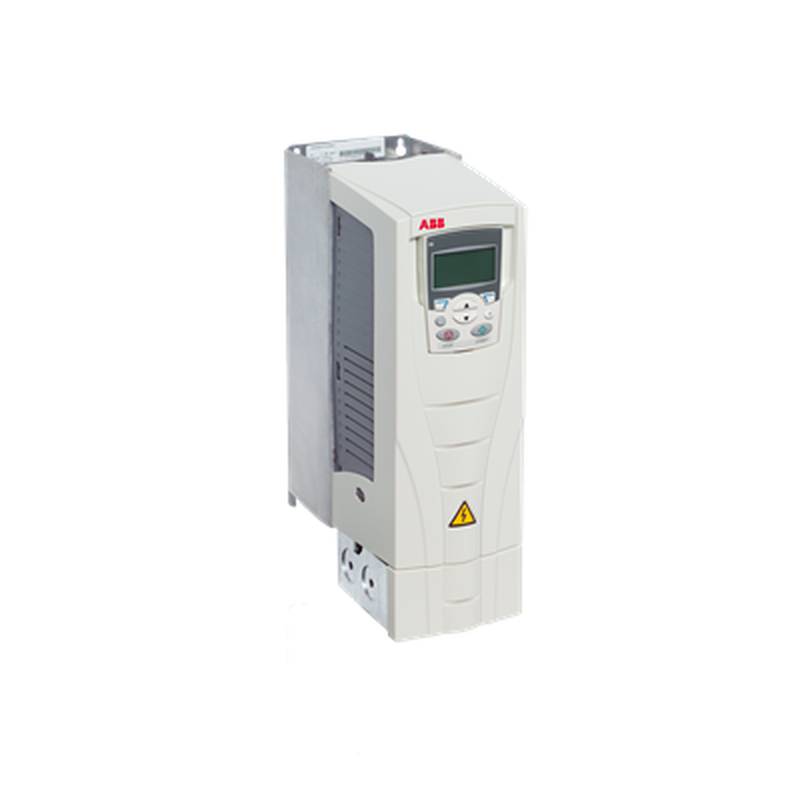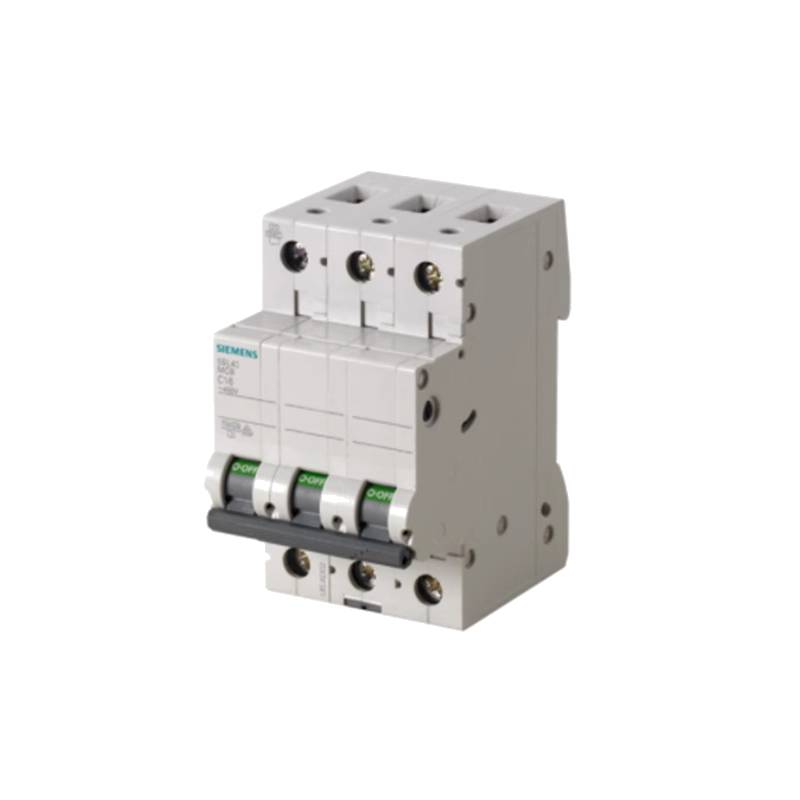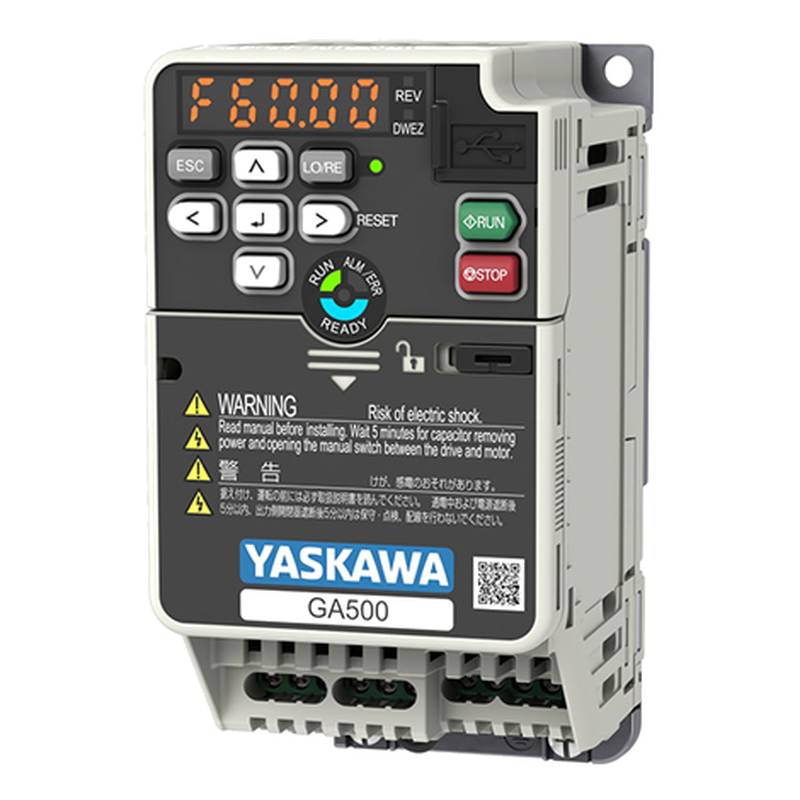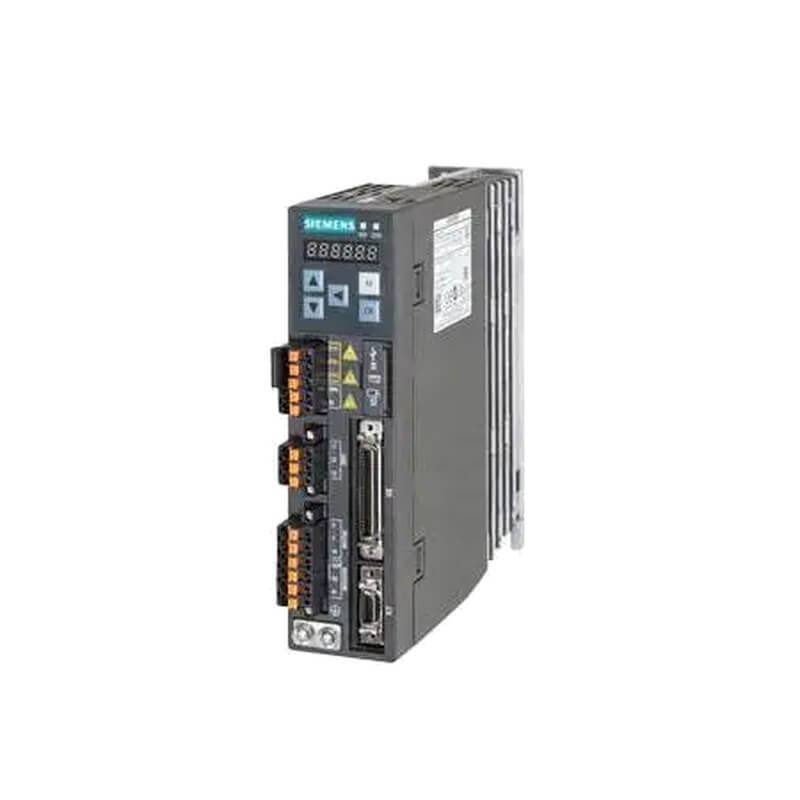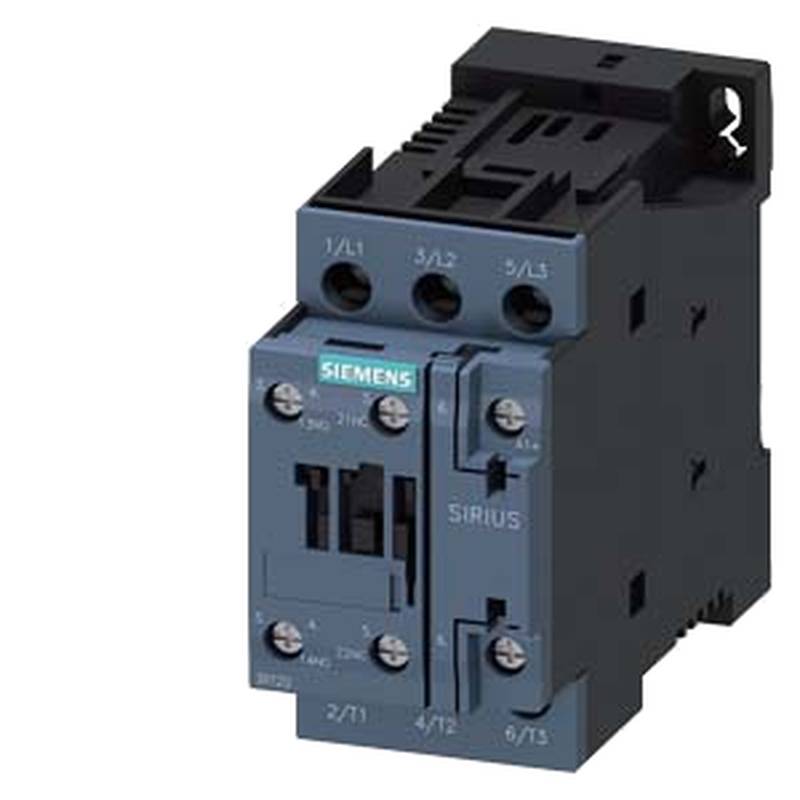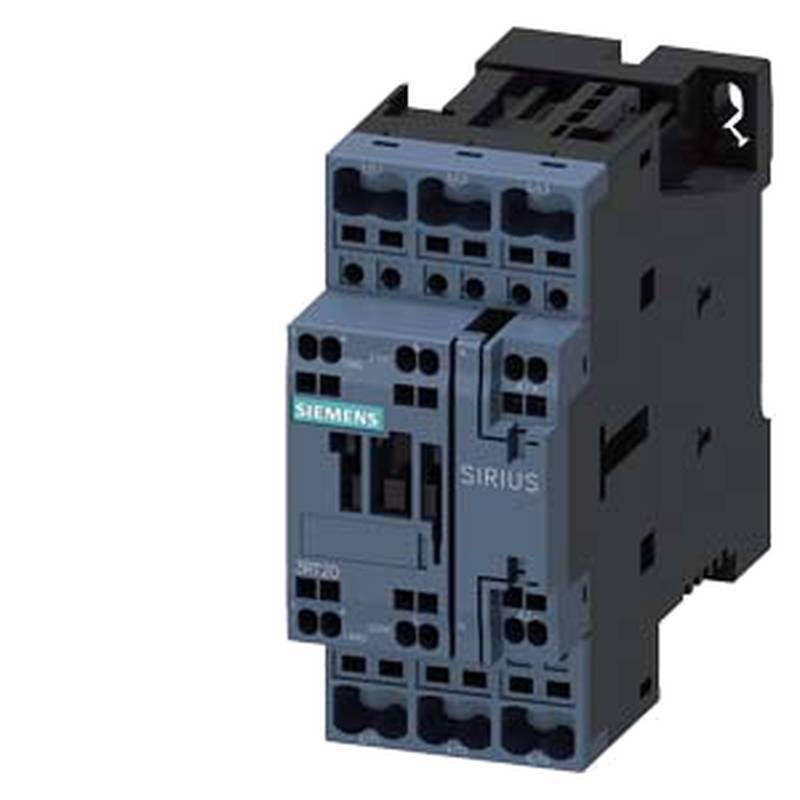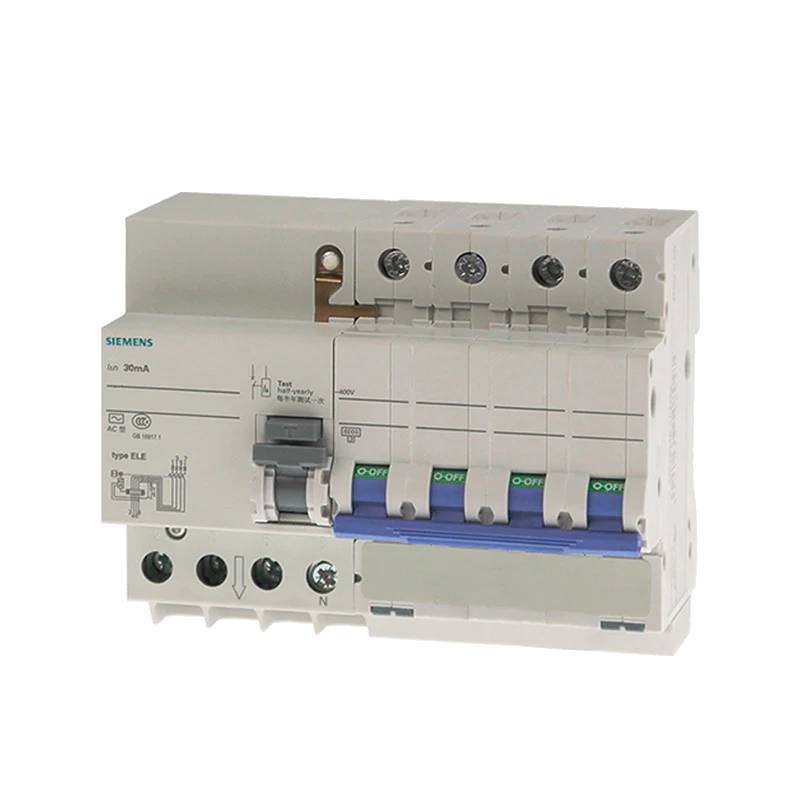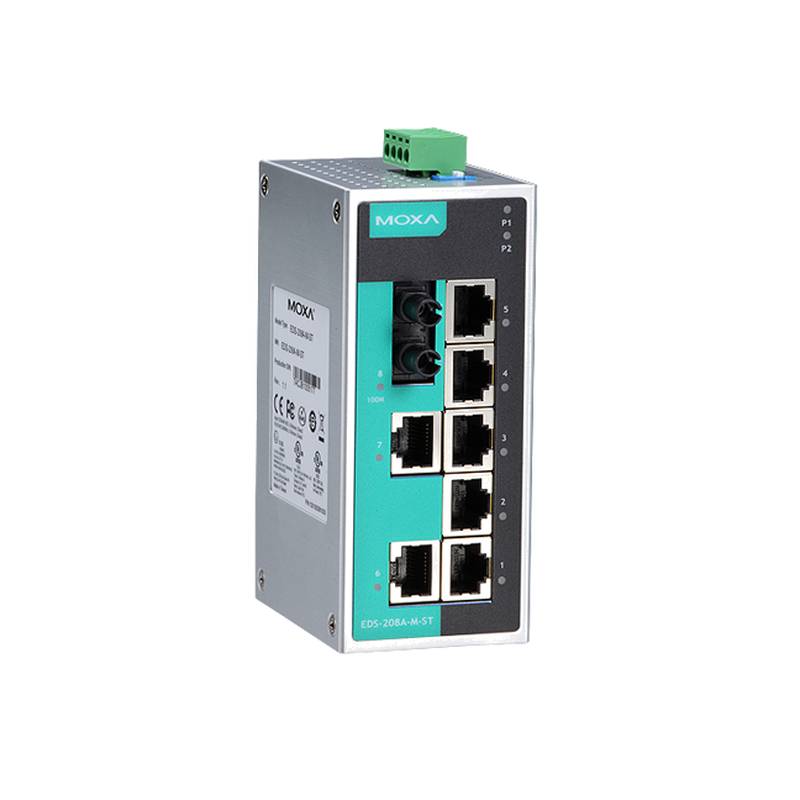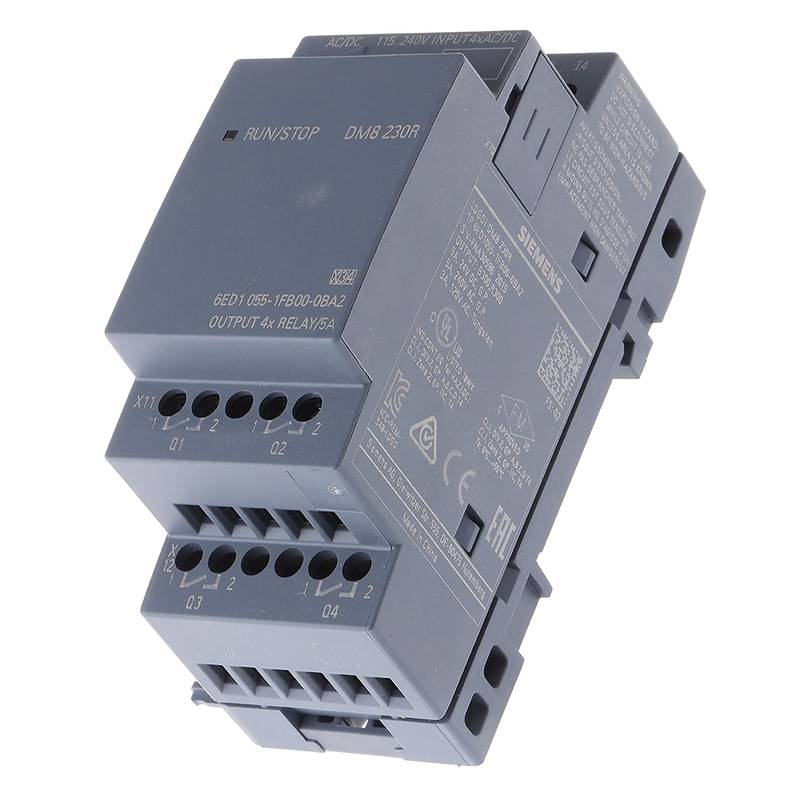
The ABB ACS510-01-195A-4 is a robust, 110 kW (150 HP) Variable Frequency Drive (VFD) engineered for demanding industrial applications. This unit is characterized by its 3-phase, 380-480V AC input, 195A normal use current rating, and IP21 enclosure, making it suitable for reliable performance in various environments. Its design emphasizes energy efficiency, ease of installation, and intuitive operation, positioning it as a competitive solution for motor speed control in sectors such as water and wastewater, HVAC, and general manufacturing. The VFD offers both scalar (V/Hz) and sensorless vector control methods, a wide output frequency range of 0-500 Hz, and integrated features like an EMC filter and brake chopper to simplify system integration.
Product Specifications
| Specification | Value |
| :---------------------- | :---------------------------------- |
| Model | ACS510-01-195A-4 |
| Series | ACS510 |
| Type | Variable Frequency Drive (VFD) |
| Input Voltage | 380–480 V AC |
| Input Phase | 3-phase |
| Input Frequency | 48–63 Hz |
| Output Frequency | 0–500 Hz |
| Output Current (Normal Use) | 195 A |
| Output Power (Normal Use) | 110 kW (150 HP) |
| Frame Size | R6 |
| Enclosure | IP21 (Indoor) |
| Mounting Type | Wall-mounted |
| Control Type | Scalar (V/Hz) and Sensorless Vector |
| Integrated EMC Filter | Yes |
| Integrated Brake Chopper| Yes |
| Ambient Operating Temp. | –10 °C to +40 °C (no derating) |
| Max Altitude | 1000 m (without derating) |
| Humidity | 5–95% non-condensing |
| Weight | 59 kg |
| Dimensions (Net) | 955 × 350 × 420 mm |
| Certifications | CE, UL / cUL Listed |
Core Features & Market Positioning
The ABB ACS510-01-195A-4 stands out in the industrial VFD market due to its user-centric design and robust feature set. It offers a compelling blend of performance and simplicity, making it an ideal choice for applications where ease of installation, commissioning, and operation are paramount. The drive's precise motor control, achieved through advanced algorithms like sensorless vector control, contributes to significant energy savings, a critical factor in today's cost-conscious industrial landscape. Compared to some contemporary models, the ACS510 prioritizes straightforward implementation without sacrificing essential functionalities, positioning it as a reliable "standard drive" that meets the needs of a broad industrial base. The inclusion of a built-in EMC filter and brake chopper as standard further reduces external component requirements, simplifying wiring and minimizing potential points of failure, thereby enhancing overall system reliability and cost-effectiveness.
Key Application Scenarios
The ABB ACS510-01-195A-4 is exceptionally well-suited for a wide array of industrial applications where precise motor speed control is required. Its robust design and IP21 rating make it a dependable choice for environments such as pumping stations, where it can optimize water flow and reduce energy consumption. In HVAC systems, it efficiently manages fan and pump speeds, contributing to climate control and energy efficiency. The ACS510-01-195A-4 also finds application in conveyors, material handling systems, and general processing machinery where variable speed operation is crucial for process optimization and product quality. Its ability to handle constant torque loads further expands its applicability across diverse manufacturing and processing industries.
Practical System Integration Guidance
Integrating the ABB ACS510-01-195A-4 into an existing or new system is streamlined by its design. For power connections, a four-conductor cable (three phases and ground) is typically used, with conductors sized according to local safety regulations and the drive's load current. Shielding is not always required, but power cable shields must be connected to the drive's PE terminal for safety compliance. The drive supports RS485 for Modbus RTU communication, allowing for seamless integration into industrial automation networks. ABB provides comprehensive documentation and tools for commissioning, including multiple U/F curves and an assistant control panel with a multilingual alphanumeric display that simplifies parameter setting and navigation. Installation by a qualified electrician is strongly recommended due to the presence of dangerous voltages, even when the motor is stopped.
Operation and Risk Mitigation
Operating the ABB ACS510-01-195A-4 requires adherence to safety protocols. Dangerous voltages are present at the power circuit terminals even when the motor is stopped, and a waiting period of at least five minutes after disconnecting power is necessary before removing covers to allow capacitors to discharge. The drive is not field-repairable; any malfunctioning unit should be reported to the factory or an authorized service center for replacement. Common troubleshooting scenarios may involve checking parameter settings, ensuring correct motor connections, and verifying the power supply. For instance, issues with automatic restarts after power failures can often be resolved by adjusting specific parameters. While the drive is designed for industrial environments, it's crucial to manage its operating temperature, as the heat sink can become very hot.
Scalability & Long-Term Value
The ABB ACS510-01-195A-4 offers significant long-term value through its scalability and compatibility. It supports various fieldbus adapters, allowing for integration with common industrial communication protocols and enabling its use in more complex, networked automation systems. This adaptability ensures that the drive can remain a relevant component even as control architectures evolve. While the ACS510 is a robust solution, ABB also offers newer generations like the ACS550, which provide enhanced control capabilities and a broader range of built-in features, suggesting a clear upgrade path for users seeking advanced functionalities. The availability of common software tools for sizing, commissioning, and maintenance across ABB's standard drive range simplifies long-term management and support.
Frequently Asked Questions (FAQs)
What is the primary function of the ABB ACS510-01-195A-4?
The primary function of the ABB ACS510-01-195A-4 is to control the speed of AC induction motors. It achieves this by converting fixed-frequency, fixed-voltage AC power from the mains into variable-frequency, variable-voltage AC power for the motor. This allows for precise speed regulation, energy savings, and improved process control in industrial applications.
How does the sensorless vector control feature benefit my application?
Sensorless vector control provides enhanced motor performance, especially at low speeds and during dynamic load changes, without requiring encoder feedback. This means more precise torque control and faster response times, leading to improved efficiency and better process control in applications like conveyors or pumps with varying loads.
What are the typical environments where the ABB ACS510-01-195A-4 can be installed?
The ABB ACS510-01-195A-4 features an IP21 enclosure, which provides protection against solid objects larger than 12.5mm and vertically falling water drops. This makes it suitable for indoor installations in general industrial environments where some level of dust and light moisture protection is needed. It can operate within a temperature range of -10°C to +40°C without derating.
What are the key advantages of the integrated EMC filter and brake chopper?
The integrated EMC filter helps reduce electromagnetic interference, which is crucial for compliance with industrial standards and preventing disruption to other electronic equipment in the vicinity. The built-in brake chopper allows for the connection of an external braking resistor, enabling rapid deceleration of the motor and dissipation of braking energy, thereby improving system responsiveness and safety.
Can the ABB ACS510-01-195A-4 be used with different types of motors?
Yes, the ABB ACS510-01-195A-4 is designed to control standard AC induction motors. It supports both scalar (V/Hz) and sensorless vector control methods, making it adaptable to various motor characteristics and application demands for optimal performance and efficiency.
What communication protocols does the ABB ACS510-01-195A-4 support for system integration?
The ABB ACS510-01-195A-4 natively supports Modbus RTU communication via its RS485 interface. Additionally, it is designed to accommodate various internally mountable fieldbus adapters, allowing for integration with other common industrial communication networks and control systems.
What is the expected lifespan or durability of this VFD?
ABB products are known for their durability and reliability in industrial settings. The ACS510-01-195A-4 is built with robust components designed for extended duty cycles. With proper installation, operation within specified environmental conditions, and adherence to maintenance guidelines, this VFD is expected to provide long-term, dependable service.
How does the IE2 efficiency level impact energy consumption?
The IE2 efficiency level signifies a good standard of energy efficiency for electric motors and their associated drives. This means the ABB ACS510-01-195A-4 operates with reduced energy losses compared to lower efficiency classes, directly translating to lower electricity bills and a smaller environmental footprint for the application.
Are there any specific safety precautions required during installation or maintenance?
Yes, installation and maintenance of the ACS510-01-195A-4 must be performed by qualified electricians. Dangerous voltages are present at power terminals even when the unit is off, requiring a 5-minute waiting period after power disconnection before accessing internal components. Always ensure power is safely isolated before commencing any work.
What are the typical fault codes or troubleshooting steps for the ABB ACS510-01-195A-4?
Common troubleshooting involves checking parameter settings, motor connections, and power supply. Fault codes, which vary, should be cross-referenced with the user manual for specific diagnostic information. For example, issues with automatic restart after power failure might require adjusting specific parameters, and immediate tripping could indicate a ground fault.














